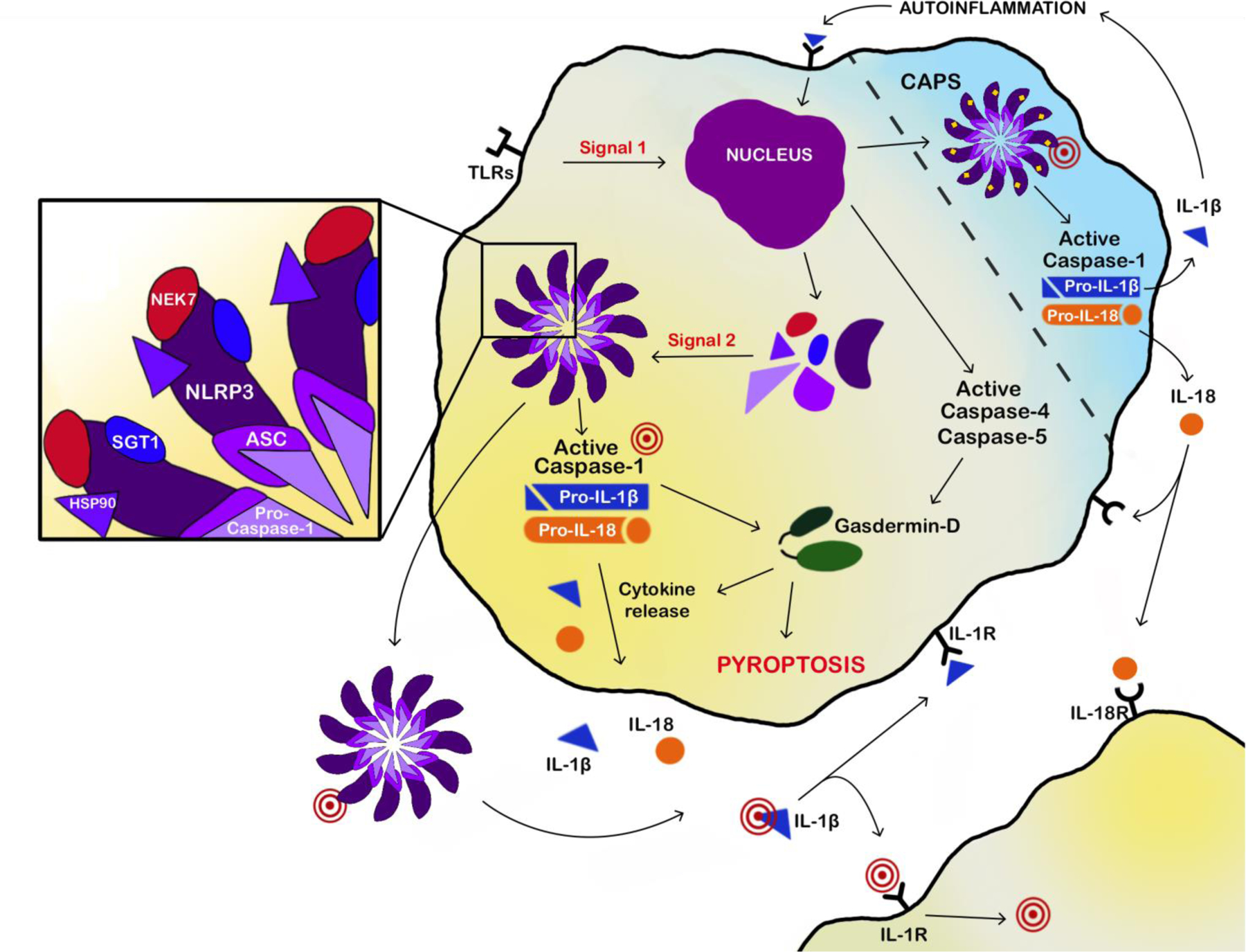Figure 2. Normal and mutant cryopyrin function.

Normal activation of the cryopyrin inflammasome in monocytes and macrophages involves 2 signals: Signal 1 involves toll-like receptor (TLR) activation resulting in NFκB mediated expression of inflammasome protein components and pro-cytokines. Signal 2 involves various specific triggers such as nucleic acids, toxins, and crystals resulting in oligomerization of inflammasome protein components including cryopyrin, ASC, pro-caspase-1, NEK7, SGT1, and HSP90 into a multimeric ring like structure. Formation of the inflammation leads to cleavage of caspases, gasdermin-D, and subsequent cleavage pro-IL-1β and pro-IL-18 with release of mature and active cytokines (IL-1β and IL-18) as well as pyroptosis. IL-1β and IL-18 bind to their respective receptors on the same cell resulting in autoinflammation or other cells resulting in a cascade of inflammatory signaling. Inflammasomes may be released from the cells as ASC specks where they may continue to be functional or be taken up by other macrophages. Activation of mutant (yellow dots) cryopyrin inflammasome does not depend on signal 2 resulting inappropriate activation and inflammation. Several therapies (red targets) in the pathway are either available or in development.
